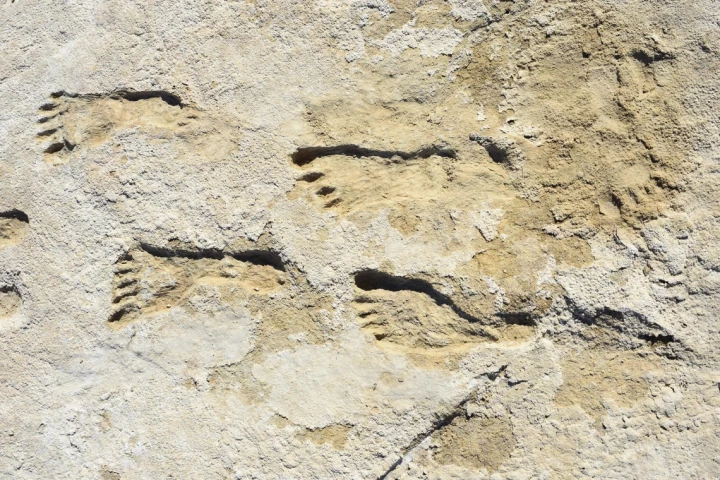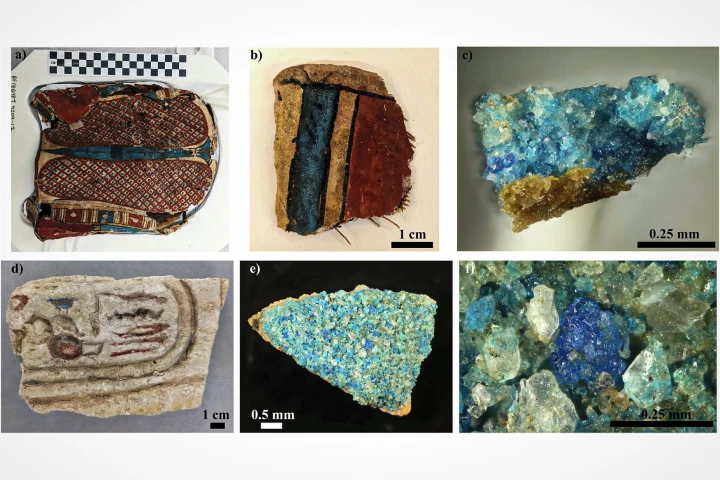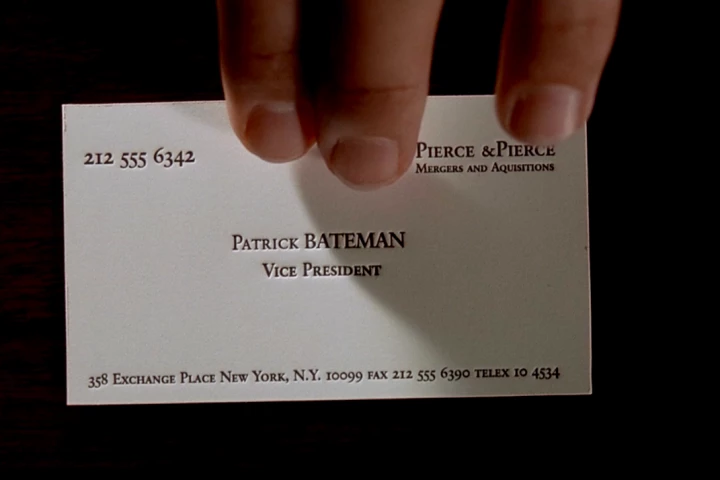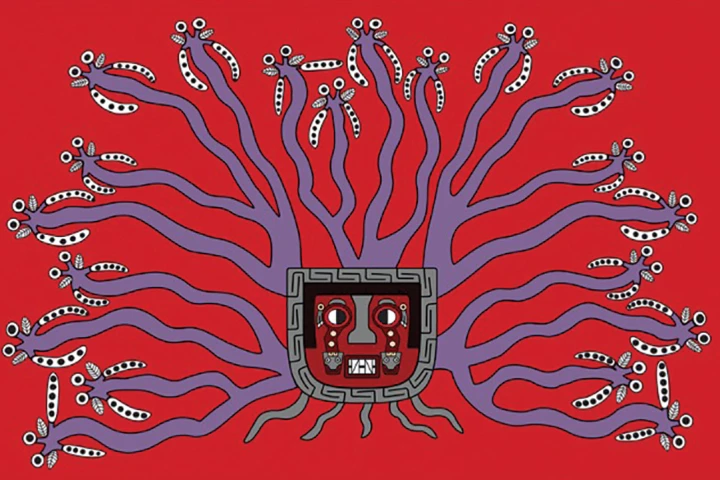History
-
Using new radiocarbon dating on footprints preserved in the gypsum-rich ground in White Sands, researchers have confirmed that humans roamed North America 23,000 years ago. The finding solves a long debate questioning the age of these footprints.
-
If you, like us, were under the impression that two-legged dinosaurs were pacy beasts that could zip across the ground at around 40 mph, researchers have some bad news. A new study suggests they were much, much slower than previously thought.
-
Ancient Egyptians were not only masters of architecture but also wizards of chemistry. Around 5,000 years ago, they crafted the world’s first synthetic pigment, Egyptian blue, and now researchers think they've finally figured out the original recipe.
-
For the first time, scientists have pieced together the diverse diet of a sauropod species, using advanced technology to assess the fossilized stomach contents that make up the dinosaur's last meal, which took place around 95 million years ago.
-
The cardboard business card has been with us just 200 years, a period of unprecedented change in society and scientific knowledge. This is the second part of a series in which we examine history from a different angle.
-
A study has uncovered evidence of an extreme ancient solar storm that struck Earth over 14,000 years ago making it the most powerful solar particle storm on record, exceeding the infamous 775 CE storm that was long considered the strongest.
-
Recent prices paid for the business cards of Steve Jobs, Elon Musk and Jeff Bezos raise some fascinating questions about the long-term value of all business cards that have sold before... so what will an Albert Einstein business card fetch at auction?
-
Step aside, golden beaches – New Zealand has stretches of sand sparkling with real gold. And with this, scientists have been able to assemble the world's first atlas of highly detailed beach gold found along the country's South Island coastline.
-
A study published in the journal Antiquity suggested an ancient South American civilization spiked a beer-like drink with psychoactive drugs as a way of maintaining social cohesion and forging new bonds with surrounding communities.
-
The world’s first typewriter goes to auction in Köln (Germany) on 22 March 2025. Just 35 Malling Hansen Writing Balls remain, 30 are in museums and the battle for one of the few remaining specimens will be worth watching.
-
A preserved tree fossil gives an unprecedented view into a moment 42,000 years ago when the Earth’s magnetic field went haywire, triggering environmental chaos, influencing everything from an increase in cave paintings to the Neanderthal extinction.
-
Some historic aircraft seem like a barrel for holding superlatives. One of these, the H-4 Hercules, goes one better because it's also at the center of one of the strangest stories involving possibly the 20th century's strangest man – Howard Hughes.
Load More











